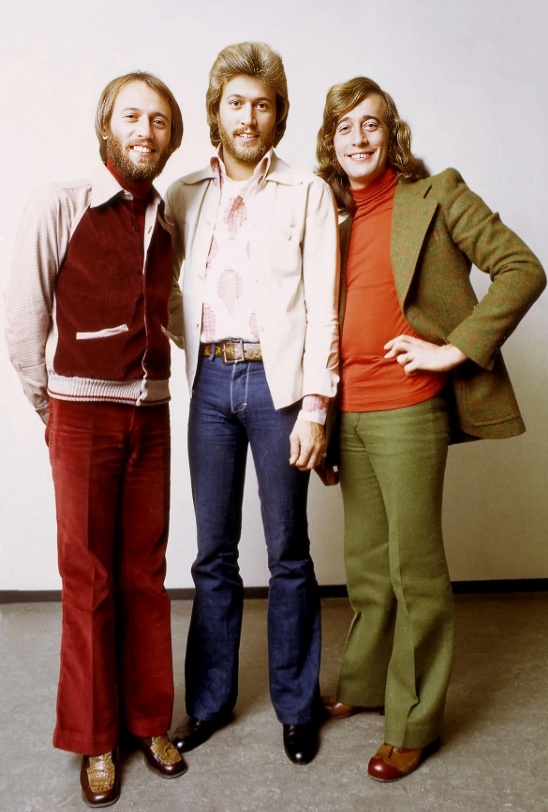
“Stayin’ Alive,” released in 1977, remains an undeniable anthem of resilience and the signature song of the Bee Gees. The Bee Gees, consisting of brothers Barry, Robin, and Maurice Gibb, were a British-Australian pop group that dominated the disco era with their distinctive harmonies and falsetto vocals. They achieved global stardom with hits like “How Deep Is Your Love,” “Night Fever,” and, of course, “Stayin’ Alive.” Their influence extended beyond disco, impacting pop music for decades.
“Stayin’ Alive” was not just a commercial success; it was a cultural phenomenon. The song soared to the top of the Billboard Hot 100 chart, holding the position for four weeks and becoming one of the best-selling singles of all time. Its enduring popularity cemented its place in music history, and it earned the Bee Gees a Grammy Award for Best Pop Vocal Performance by a Group.
Beyond its chart success, “Stayin’ Alive” possesses a profound message. Despite its upbeat tempo and infectious groove, the lyrics grapple with themes of survival and perseverance in the face of adversity. The song depicts a character navigating the tough realities of urban life, struggling to stay afloat amidst challenges and hardships. He’s fighting to keep his dreams alive and refusing to succumb to despair.
Audience reception to “Stayin’ Alive” was overwhelmingly positive. Its catchy melody and danceable rhythm resonated with millions worldwide, becoming a staple of dance floors and radio airwaves. Its enduring appeal is evident in its continued use in films, television shows, and even as a training tool for CPR, demonstrating its lasting cultural impact and its ability to transcend generations. The song remains a symbol of hope and a reminder to keep striving, even when faced with difficult circumstances.